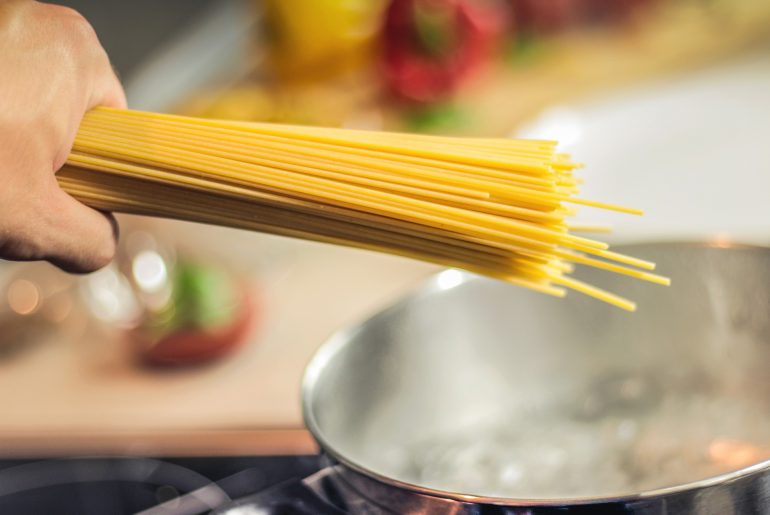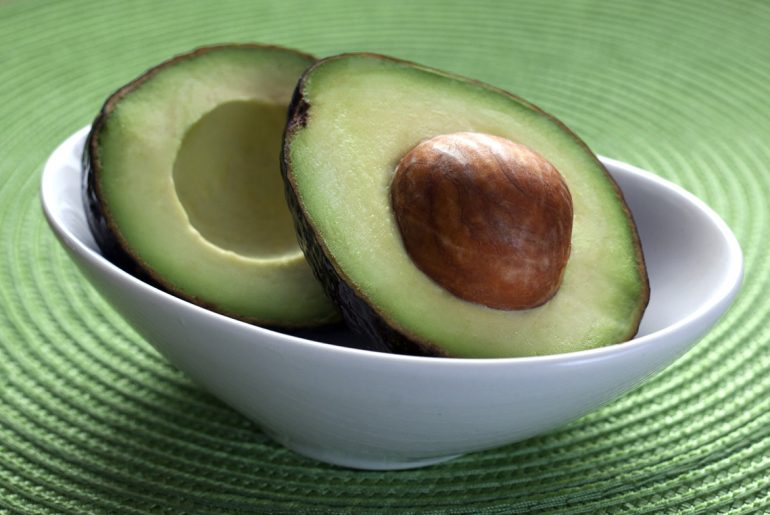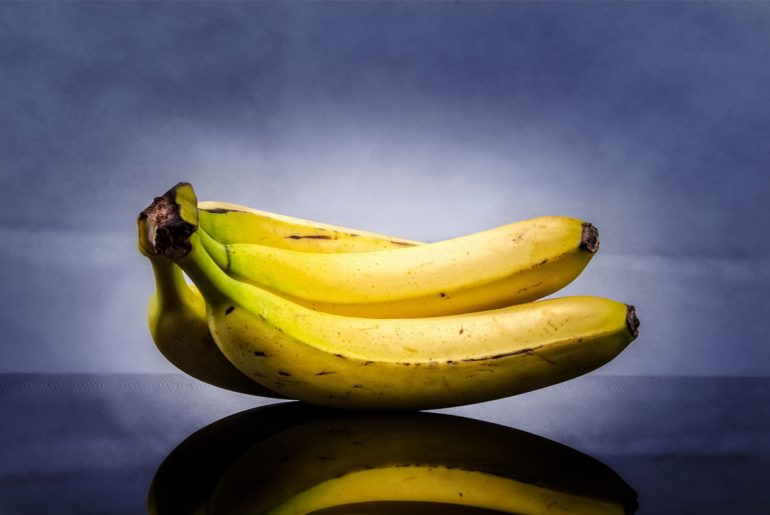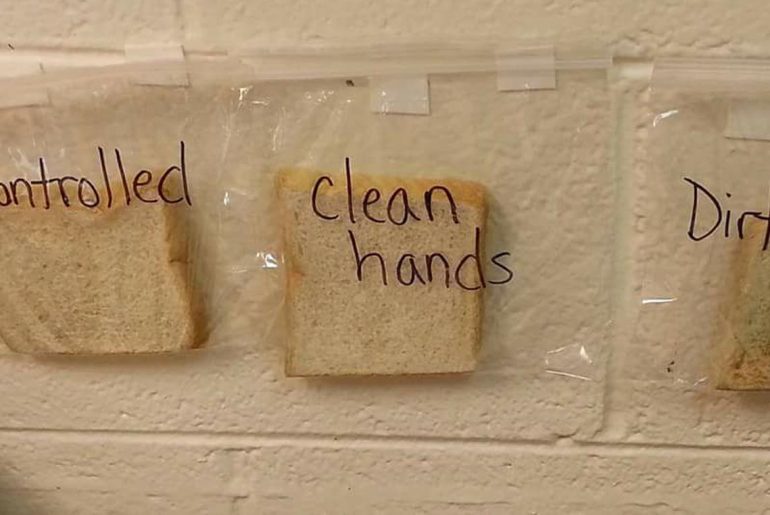In many ways, high school is still the same as it was when you were a student. The homework still sucks, the dances are still awkward, and the lunches are still terrible. But — thankfully — a lot has also changed, particularly when it comes to what kids learn in health class. Some nutrition tips you were probably taught by your teachers have since been declared bogus. If you haven’t been to high school in a while, here are some updated health and nutrition facts for the myths you may still have lingering in your brain. BMI is a good health indicator Body Mass Index, or BMI, takes a person’s body mass then divides it by their height to determine if they are “underweight,” “normal weight,” “overweight,” or “obese.” Prior to the 2000s, school nurses and gym teachers routinely checked children’s measurements against this scale, and everyone was told this…
What is the difference between white and dark turkey meat?
It seems at Thanksgiving there are two distinct teams — those who dig deep on the serving platter for the white meat, and those who fight for the drumstick. It’s really a battle of white meat versus dark meat. But aside from the color, what really is the difference? It all comes down to what a particular muscle, aka meat, is used for. Turkeys aren’t known for their flying abilities. They typically only take off for short distances — say, from the ground to a perch (Fun fact: Wild turkeys spend the night in trees, preferably oak trees). This means they rely on their legs to get them around all day. All of that walking and running means the muscles in their legs and thighs are full of blood vessels. These blood vessels contain myoglobin (or muscle hemoglobin), which delivers tons of rich oxygen to the muscles. The more myoglobin…
Why do apples turn brown when you cut them?
You come back from a quick trip to the copy room at work and discover that the beautiful apple you just bit into minutes ago is now brown and unappetizing. Why does this happen? As it turns out, the moment an apple is sliced, chopped, or bitten, a biochemical reaction commonly called “enzymatic browning” begins to take place. Specifically, the enzyme known as polyphenol oxidase (PPO) oxidizes polyphenols within the flesh of the fruit. This results in new chemicals (o-quinones) that react with amino acids and produce brown-colored melanins. But this discoloration can be avoided — somewhat. Not all apples brown at the same rate. Different apples contain different types of enzymes and polyphenols, thus altering their rate of discoloration. The Arctic Apple is genetically engineered to have non-browning flesh, but there are non-GMO apples that have this quality, as well. Cameo, SnowSweet, Cortland, Gala, Ambrosia, and Ginger Gold are…
Researchers find out how to break spaghetti in just two pieces
Unless you own an enormous pot (or you’re a true Italian), chances are you snap your spaghetti in two before tossing it into the boiling water. But unless you’re superhuman, when you break that pasta in half you’ve probably dealt with those tiny pieces of dried pasta breaking off and whizzing through the air. At some point you may have wondered why spaghetti doesn’t just simply snap in half, or if there is a better way to do so. https://youtu.be/QwCJDEt8GfE As it turns out, in 2006, a pair of scientists took to solving this kitchen dilemma. Essentially, what happens is that the dry noodle bends before it breaks. This extra power means that when it finally breaks, it does so with more power and the vibrations it sends back through the remaining pieces cause them to bend and break as well. The discovery won the scientists an Ig Nobel, but…
What causes ‘brain freeze’?
It all starts with an innocent spoonful of ice cream. Then another. Then another. But before you know it, your ice cream sundae — or perhaps morning smoothie — has stopped you cold in your tracks with an old fashioned case of sphenopalatine ganglion neuralgia — better known as brain freeze. It’s so common, you could ask if it’s really even summer without experiencing this sensation. It’s not harmful and it doesn’t last long, but when it hits, those few seconds can be crippling. So what causes it? After many personal experiments diving face first into that mint chocolate chip cone, you already know that cold treats leave you with a quick and intense headache. But what causes our bodies to react that way? Is it really cold temperatures “freezing” your brain? “On the roof of your mouth you have this thick bed of capillaries, so when you have something cold, it causes…
Soon, your avocados will last longer thanks to a Bill Gates-funded startup
Eating all your avocados at peak ripeness before they spoil is a feat that takes some serious planning. If you slice them too early, you have a hard, inedible center, but if you’re too late, you have a mushy, brown avocado that heads straight to the trash can. But Apeel Sciences, a California-based startup company that counts Bill Gates among its investors, says it has developed a way to keep avocados, and other produce, ripe and delicious for twice as long. The gif below, courtesy of CBS This Morning, shows how strawberries treated with the new product stand up to strawberries left untreated. via GIPHY Apeel uses food waste and other plant material to create a coating on produce that delays the aging process. The coating mimics the natural peel or skin that already protects the produce, and can replace the wax that grocery stores currently use. Aside from saving consumers from fruit and…
Bananas with edible peels now exist thanks to Japanese scientists
Science has gone bananas! According to the New York Post, a Japanese agricultural research company has developed a banana with a surrounding skin that’s entirely edible. The new banana, called the Mongee (pronounced mon-gay) is produced using extreme freezing and thawing that causes the fruit to grow rapidly, leaving the skin thin, like lettuce, instead of the thick, rubbery casing we are used to. In order to grow the freaky fruit, first the trees must be planted and grown in an environment with the temperature controlled at negative 76 degrees Fahrenheit. At just the right moment, the plants are left to thaw and replanted. The rapid change in temperature causes the plant to grow quickly — stunting the fruit’s ability to develop it’s trademark thick peel. Instead, the fruit has a thin “lettuce”-like texture, explained D&T Farm’s spokesman Tetsuya Tanaka. Regular bananas require temperatures of around 80 degrees Fahrenheit. The idea for Mongees, Tanaka said, began as…
Why you like the taste of milk and cookies so darn much
Milk. It’s a crucial part of the eating experience — for baking, cooking, coffee, cereal, smoothies. But it’s best use? For dunking cookies, of course! But why do milk and cookies make the world’s best duo? It’s culinary chemistry, Great Big Story reports. Here’s the actual science behind why the two are so tasty together. A Brief History of Milk 10,000 B.C.: Animals are domesticated and milked. 1862: Louis Pasteur modernizes milk safety. The term “pasteurized” is born. 1884: Milk is bottled and the milkman came to be. 1994: The Got Milk campaign sweeps the nation. What SCIENCE says about dunking “When you dip cookies into milk you change a number of things about those cookies that completely alters your eating experience,” Matt Hartings, professor of chemistry at American University. “Alters” means that not only does the texture and composition change, but the chemical composition does as well. There are specific ways…
Teacher’s “Bread Trick” Reminds Kids Hand Washing is important
Flu season is officially here. It’s time to stock up hand sanitizers, antibacterial soap and, of course, Kleenex. If you or your kids ever questioned if maybe our modern obsession with hand washing wasn’t just all a little overboard, just ask Donna Gill Allen, a Health Occupation teacher at Cape Fear High school in Fayetteville, North Carolina. A shocking experiment Allen did with her students has gone viral. “You let all the kids see you put a piece of bread in a baggy with a glove on, hence “controlled,” then you wash your hands and put a piece of bread in a baggy for “clean.” Last, but definitely not least, you pass a piece of bread around and let every kid in class touch it, then you put it in a baggy and label it dirty,” Allen said in a Facebook post. Then you let the bags sit in a place where…









